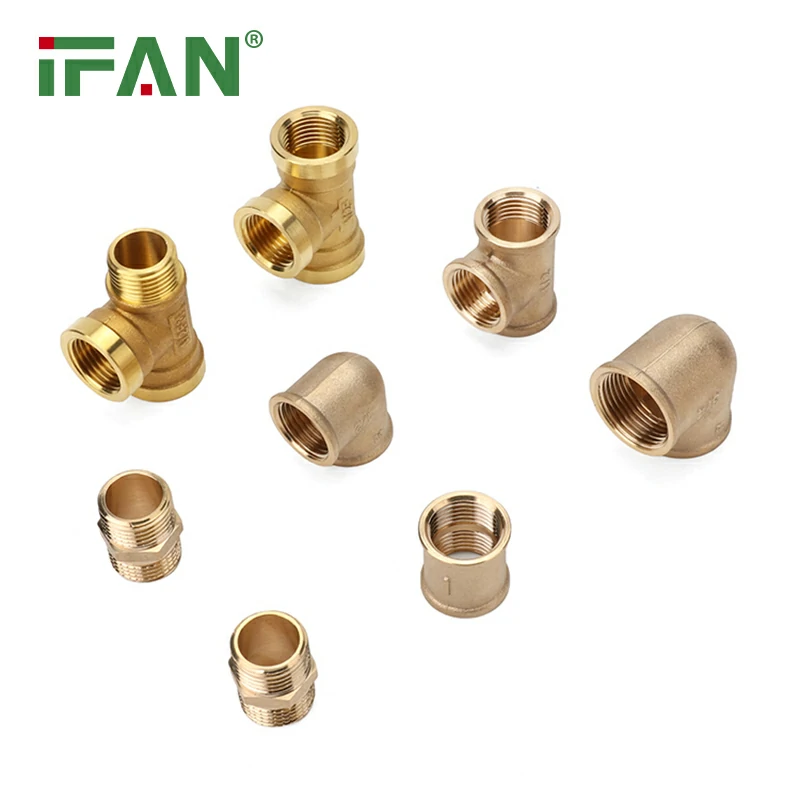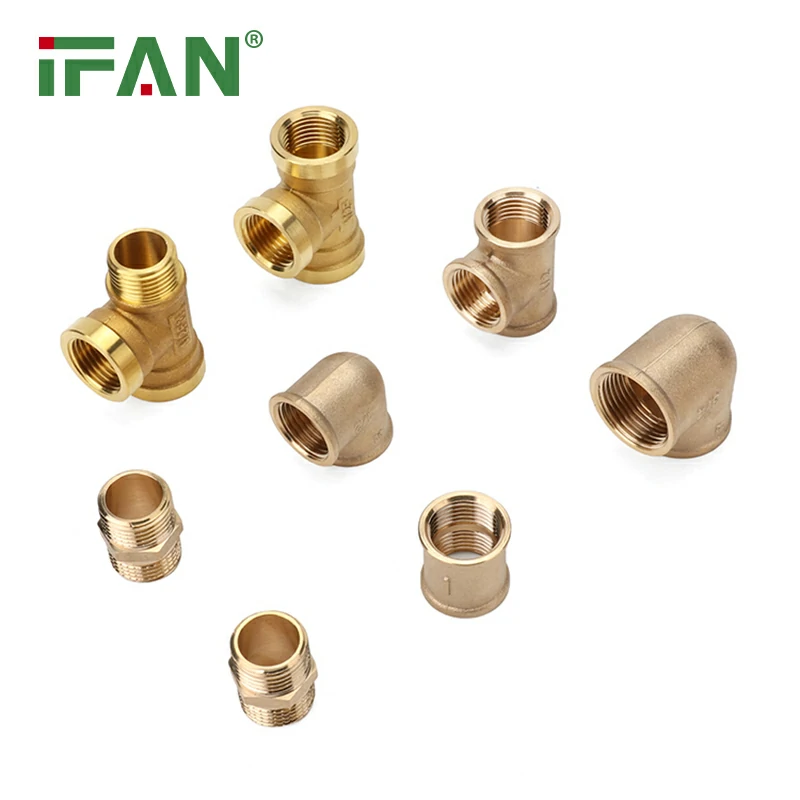Introduction
HDPE (High-Density Polyethylene) fittings, particularly the female tee, are crucial components in modern piping systems. Their ability to seamlessly connect pipes in a three-way configuration, while maintaining high standards of durability and performance, has made them a preferred choice in various industries. This article delves into the industry knowledge surrounding HDPE fittings female tee, highlighting its applications, manufacturing processes, market trends, and the latest innovations.
Applications of HDPE Fittings Female Tee
The HDPE fittings female tee finds widespread use in industries such as water supply, sewage treatment, oil and gas transmission, and chemical processing. Its ability to withstand high pressures and temperatures, while remaining corrosion-resistant, ensures reliable fluid flow in complex piping systems.
Manufacturing Processes
HDPE fittings female tee are typically manufactured using either the hot-melt butt fusion or electrofusion techniques. These processes ensure strong and leak-free connections, crucial for the smooth functioning of piping systems. The use of high-quality HDPE material further enhances the durability and longevity of the fittings.
Market Trends
The global HDPE fittings market is growing steadily, driven by the increasing demand for reliable and cost-effective piping solutions. The female tee, as a key component, is experiencing significant growth in demand. The trend is further accentuated by the growing focus on sustainability and environmental protection, as HDPE fittings are recyclable and have a low impact on the environment.
Latest Innovations
Recent advancements in HDPE technology have led to the development of improved female tee fittings. These new fittings offer enhanced strength, flexibility, and resistance to harsh environments. Additionally, new joining techniques and materials are being explored to further improve the performance and reliability of HDPE fittings female tee.
Challenges and Opportunities
The HDPE fittings female tee industry faces challenges such as competition from alternative materials and the need for continuous innovation to meet evolving industry standards. However, the growing demand for reliable piping solutions and the focus on sustainability present significant opportunities for growth.
Conclusion
HDPE fittings female tee play a crucial role in modern piping systems, ensuring reliable fluid flow and efficient operation. Their applications span various industries, and the latest advancements in technology and materials are driving the industry forward. With a focus on sustainability and environmental protection, the future of HDPE fittings female tee looks promising.





